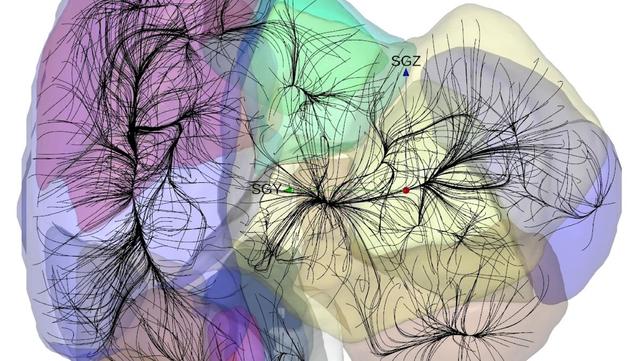https://www.bytesde.com/1200769/ Der größte Supernova-Katalog liefert jemals weitere Beweise, dunkle Energie schwächt schwächt #Astrobiology #Astrophysics #Cosmology #PlanetaryScience #Space #SpaceExploration #SpaceTechnology #Weltraum #Weltraumtechnik #Weltraumtechnologie #Weltraumtechnologien
#cosmology
Hundreds of NASA workers rebuke ‘arbitrary’ Trump cuts in scathing letter | Nearly 300 current and former employees signed the letter criticizing the ‘rapid and wasteful changes’ at the agency https://www.byteseu.com/1217122/ #Astrobiology #Astrophysics #Cosmology #PlanetaryScience #Space #SpaceExploration #SpaceTechnology
Two blind spots torture physicists: the birth of the #universe and the center of a black hole.
The former may feel like a moment in time and the latter a point in space, but in both cases the normally interwoven threads of space and time seem to stop short.
These mysterious points are known as singularities and they break our best theory of #gravity.
A trilogy of theorems hints that physicists must go to the ends of space and time to find a fix.
#physics #cosmology
https://www.quantamagazine.org/singularities-in-space-time-prove-hard-to-kill-20250527/
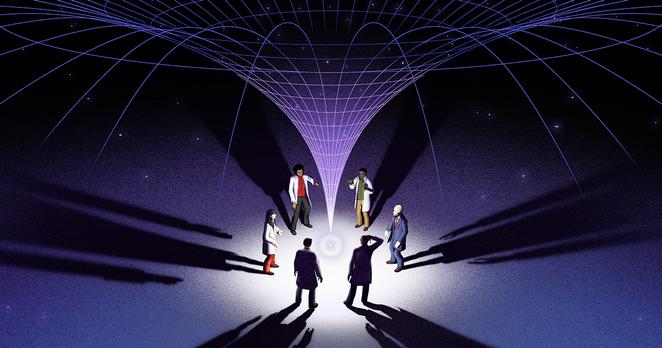
Hubble bubble
I wrote a poem once about God blowing bubbles as a take on creation and cosmology - not that I'm claiming anything or anything - so ... interesting
https://www.ufofeed.com/138179/felix-baumgartner-dies-in-paragliding-accident/ Felix Baumgartner dies in paragliding accident. #Astrobiology #Astrophysics #Cosmology #PlanetaryScience #Space #SpaceExploration
Interesting. @startswithabang
"The team proposes that the black hole formed there via the direct collapse of a gas cloud – a process that may explain some of the incredibly massive black holes Webb has found in the early universe."
https://science.nasa.gov/blogs/webb/2025/07/15/nasas-webb-finds-possible-direct-collapse-black-hole/
Paper [ https://iopscience.iop.org/article/10.3847/2041-8213/addcfe [
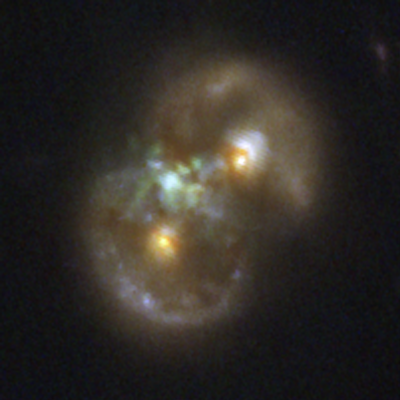
Did you know that there is a square star?
#HD44179 #astronomy #cosmology
#square #stars
Most massive #BlackHole merger to date detected… For my #astronomy and #Cosmology nerd followers I’m sure this is a big deal.
"This is the most massive black hole binary we've observed through gravitational waves, and it presents a real challenge to our understanding of black hole formation," says Mark Hannam of Cardiff University and a member of the LVK Collaboration. "Black holes this massive are forbidden through standard stellar evolution models. One possibility is that the two black holes in this binary formed through earlier mergers of smaller black holes." #physics #science
https://www.caltech.edu/about/news/ligo-detects-most-massive-black-hole-merger-to-date
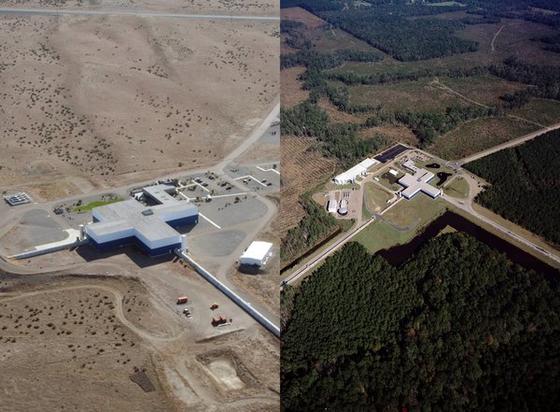
"Tony Tyson’s cameras revealed the universe’s dark contents. Now, with the Rubin Observatory’s 3.2-billion-pixel camera, he’s ready to study dark matter and dark energy in unprecedented detail."
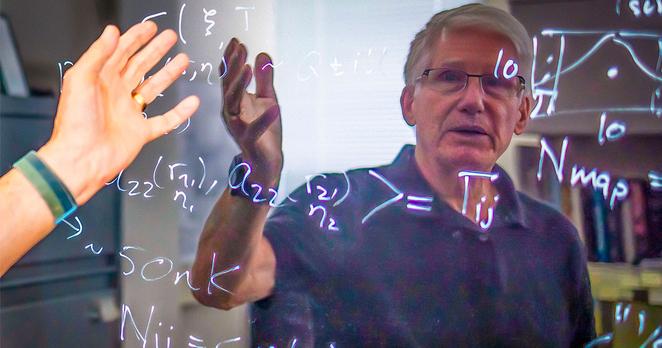
Nearly everyone opposes Trump’s plan to kill space traffic control program | The Space Force and more than 450 aerospace companies are against the White House’s proposal. https://www.byteseu.com/1182804/ #Astrobiology #Astrophysics #Cosmology #PlanetaryScience #Space #SpaceExploration #SpaceTechnology
US cancels $900 million #cosmology project cuz the oil lords and oligarchs need their tax cut.
https://www.science.org/content/article/u-s-abandons-hunt-signal-cosmic-inflation
Is Earth inside a huge void? Baryon acoustic oscillations (BAOs) – the “sound of the Big Bang” – hint so
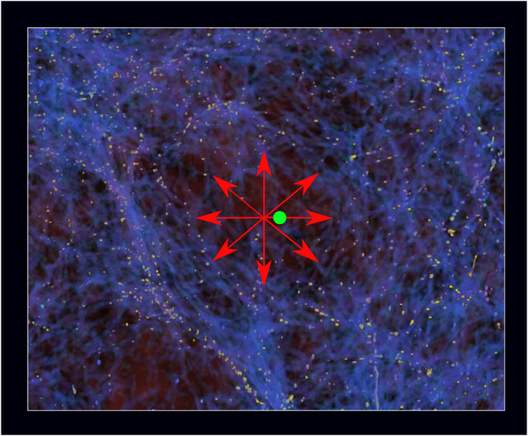
The Vera C. Rubin Observatory
The Vera Rubin Ridge on Mars
The Asteroid 5726 Rubin
The Nvidia Rubin Superchip
The Vera Rubin's U.S. Quarter
The Vera Rubin Memorial Fund
The Vera Rubin Early Career Prize
Things Named After Carnegie Astronomer Vera Rubin
https://carnegiescience.edu/news/things-named-after-carnegie-astronomer-vera-rubin
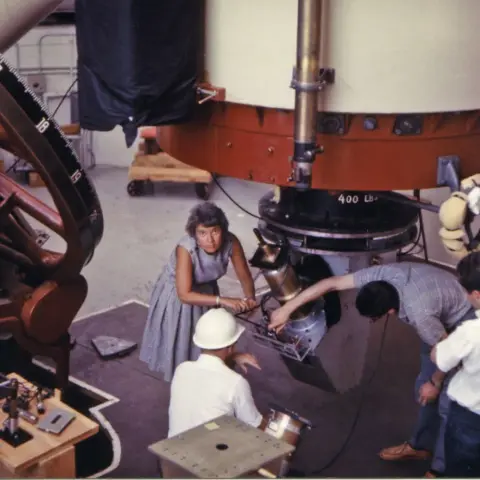
Portrait of a galaxy cluster
A massive, spacetime-warping cluster of galaxies, Abell 209, is the setting of today’s NASA/ESA Hubble Space Telescope Picture of the Week.
Credit: ESA/Hubble & NASA, M. Postman, P. Kelly
https://esahubble.org/images/potw2527a/
https://www.ufofeed.com/136148/milky-way-galaxy-captured-from-my-campsite-with-phone-camera/ Milky Way galaxy captured from my campsite (with phone camera) #Astrobiology #Astrophysics #Cosmology #PlanetaryScience #Space #SpaceExploration
What’s Next for Chandrayaan? Inside India’s Big Lunar Dreams for 2030 https://www.byteseu.com/1169056/ #Astrobiology #Astrophysics #Cosmology #PlanetaryScience #Space #SpaceExploration #SpaceTechnology

